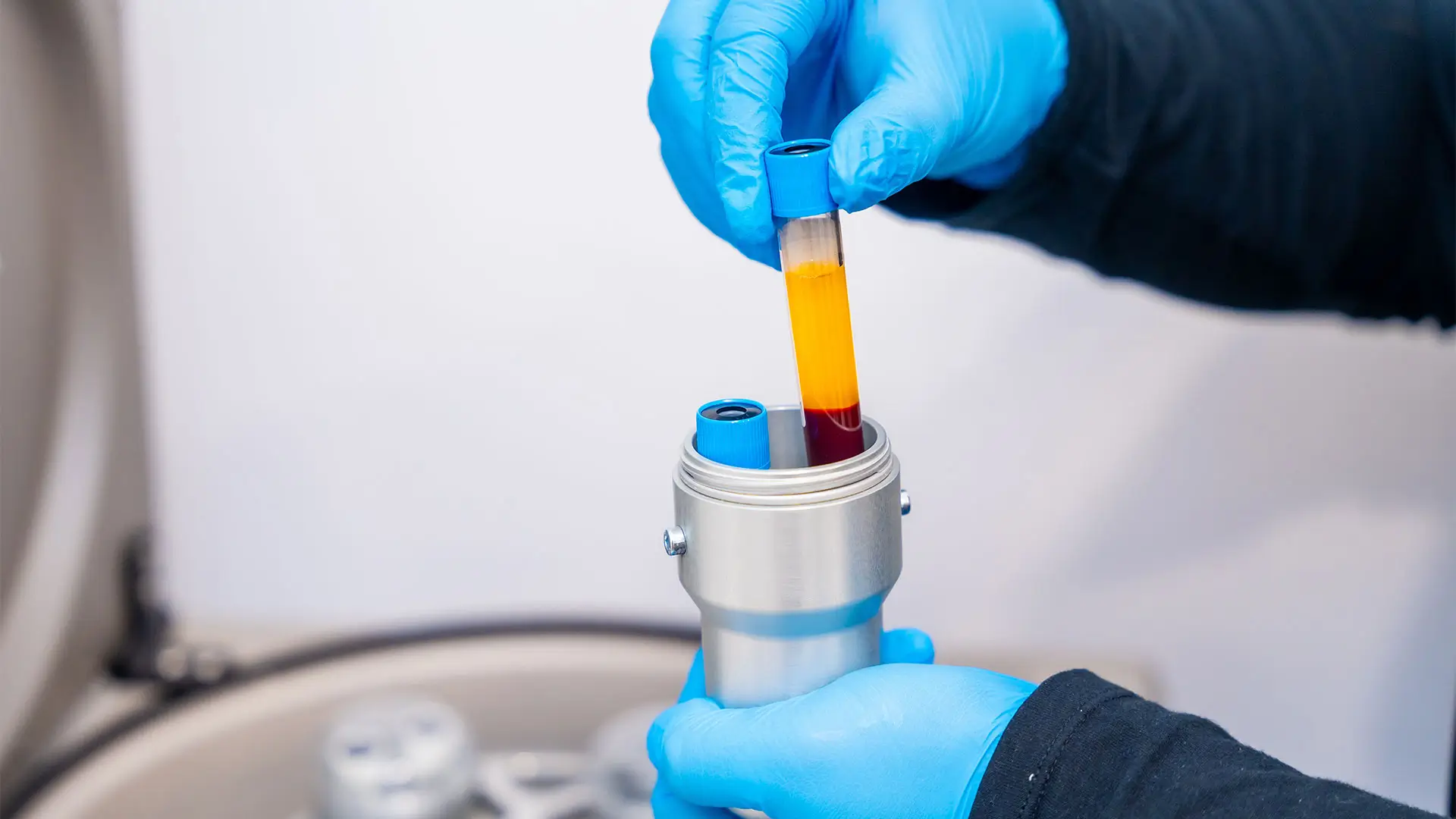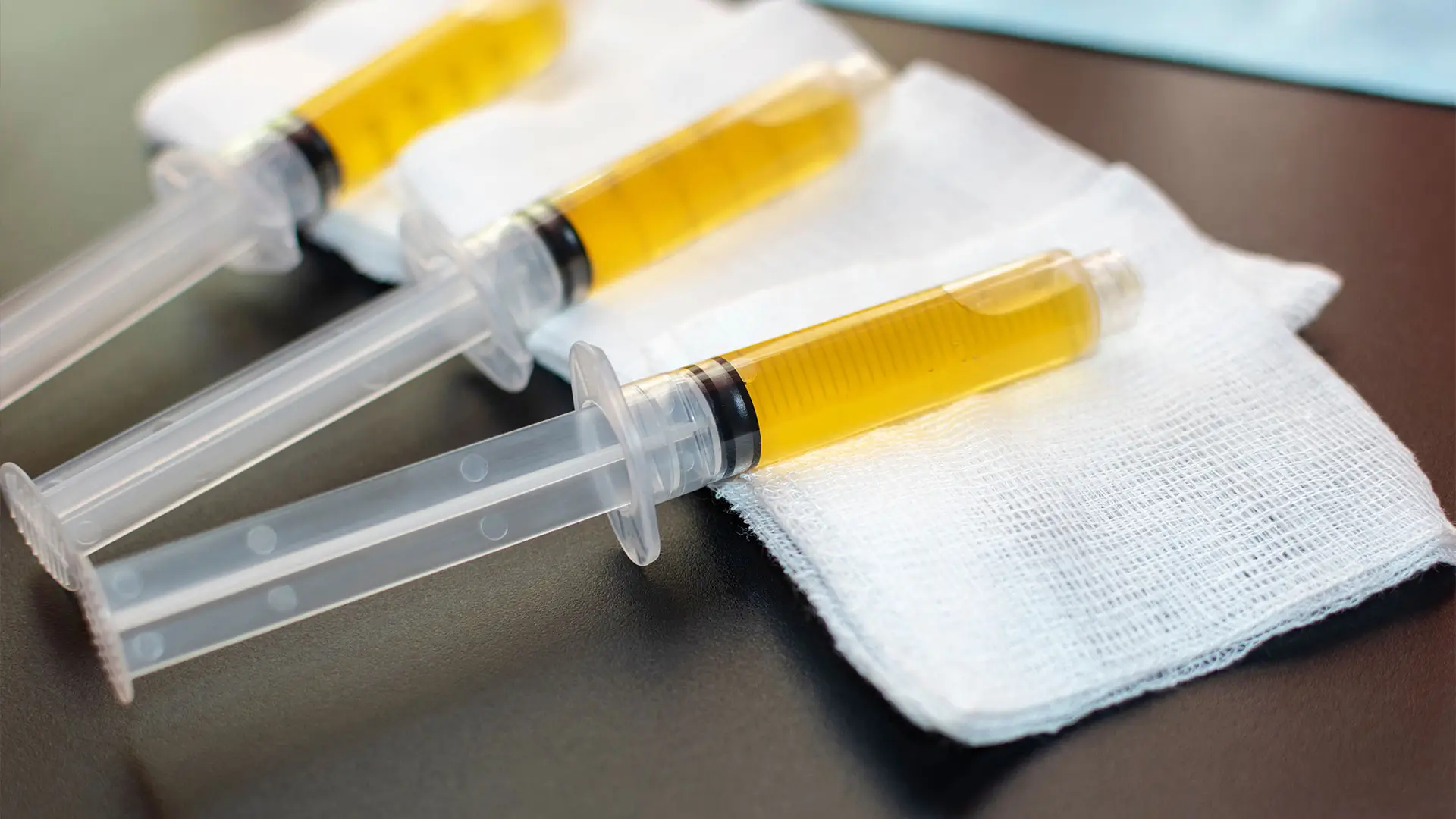Revolutionizing Musculoskeletal Treatment: The Power of Platelet Rich Plasma (PRP)
In the realm of orthopedics and sports medicine, platelet-rich plasma (PRP) therapy has emerged as a groundbreaking treatment option for a wide array of musculoskeletal problems. This innovative technique harnesses the body’s natural healing capabilities to repair and rejuvenate damaged soft tissue and joints, offering a promising alternative to conventional treatments. From high-profile athletes like Tiger Woods and Rafael Nadal to everyday individuals, PRP therapy has gained recognition for its potential to shorten recovery times and enhance healing processes.
What is Platelet Rich Plasma?
At its core, PRP therapy involves using a concentrated form of blood plasma enriched with up to eight times the normal amount of platelets. These platelets are not just crucial for blood clotting but are also rich in growth factors and proteins that initiate and accelerate tissue repair and regeneration. By injecting PRP directly into the injured area, it’s possible to stimulate a more robust healing response than the body can achieve on its own.

The PRP Procedure: A Step-by-Step Overview
- Blood Collection: The process begins with the collection of a small blood sample from the patient, which is then placed in a centrifuge.
- Centrifugation: The centrifuge spins the blood at high speeds, separating its components based on density. Red blood cells settle at the bottom, with platelets and plasma forming the middle layer, rich in the healing factors.
- Platelet Concentration: This platelet-rich middle layer is carefully extracted and prepared for injection.
- Injection: Using precise imaging guidance, such as musculoskeletal ultrasound, the PRP is injected into the exact location of the injury, ensuring optimal healing response.
The Promise of PRP Treatment
PRP therapy is especially beneficial for injuries in areas with poor blood flow, such as tendons, ligaments, and cartilage. By delivering a high concentration of growth factors directly to the site of injury, PRP therapy can significantly enhance the healing of tissues that would otherwise recover slowly or incompletely. This treatment is suitable for a range of conditions, including osteoarthritis, tendonitis, acute and chronic muscle injuries, and more.
Candidacy for PRP Therapy
Patients who have not found relief through rest, medications, or physical therapy may consider PRP as either an initial treatment to expedite healing or as a next step when other conservative treatments have failed. However, PRP may not be suitable for those currently treated for cancer, with active infections, taking high doses of Coumadin, or with multiple medical issues.

What to Expect After PRP
While the procedure itself is typically associated with minimal discomfort, the healing process can vary. Tendon injections may cause moderate pain initially, necessitating prescription pain relief and temporary immobilization. Recovery involves physical therapy to restore motion, strength, and function, with improvements generally noticeable within a month and continuing to develop over 10-12 weeks.
Safety and Success Rates
PRP therapy is deemed extremely safe, with a low risk of adverse reactions or complications since the treatment uses the patient’s own platelets. Research and clinical experience have shown high success rates for PRP in treating soft tissue injuries and arthritis, often providing more effective and longer-lasting relief than steroids and viscosupplements.
Investment in Health
Despite its effectiveness, PRP is considered experimental by insurance standards and is not typically covered. The cost of PRP treatment reflects its value in potentially restoring function and alleviating pain without the need for more invasive procedures.
Conditions Treatable with PRP
PRP therapy has shown promise in treating various conditions, from tennis elbow and rotator cuff tendonitis to osteoarthritis and meniscus tears. Its application spans a wide range of joints and tissues, offering a versatile option for those seeking relief from pain and aiming for a return to full function.
Cost
The cost for PRP varies depending on the number of body parts being treated and if the spine or disc area is being treated. Prices can range from 800 to 3000 dollars depending on the treatment plan. We encourage all our patients to incorporate their PRP injection with our 2-month comprehensive joint and spine program for maximum benefit. The cost of the full program is 3500 dollars for one joint (2 injections) and 3800 for two joints (4 injections). The spinal treatment costs are marginally higher: 3800 for cervical or lumbar (2 injections 2 weeks apart) 4200 dollars for both cervical and lumbar together (Total of four injections: 2 injections spaced 2 weeks apart total of 4) .
Conclusion:
In conclusion, PRP therapy stands out as a significant advancement in treating musculoskeletal injuries, providing a natural, effective option for accelerating healing and recovery. As research continues to evolve, the potential applications and benefits of PRP will likely expand, further solidifying its role in modern medicine’s therapeutic arsenal.
Frequently Asked Question
Musculoskeletal treatment methods include physical therapy, medications (such as anti-inflammatories and pain relievers), exercise and strength training, manual therapy, and in some cases, surgical interventions. Additionally, alternative therapies like acupuncture and massage therapy can be effective.
Musculoskeletal treatment approaches can be conservative or surgical. Conservative approaches include physical therapy, exercise, medications, and injections, while surgical approaches might be necessary for severe cases. Multidisciplinary approaches combining various treatments often yield the best results.
Platelet-rich plasma therapy (PRP) involves injecting a concentration of a patient’s own platelets to accelerate the healing of injured tendons, ligaments, muscles, and joints. PRP contains growth factors that enhance the body’s natural healing processes.
Platelet-rich plasma muscle tear treatment involves injecting PRP into the site of the tear. The growth factors in PRP can speed up the healing process, reduce inflammation, and improve overall recovery time for muscle injuries.
Platelet-rich plasma therapy for arthritis involves injecting PRP into the affected joint. The growth factors in PRP can help reduce inflammation, promote cartilage repair, and alleviate pain, offering a potential alternative to traditional arthritis treatments.

